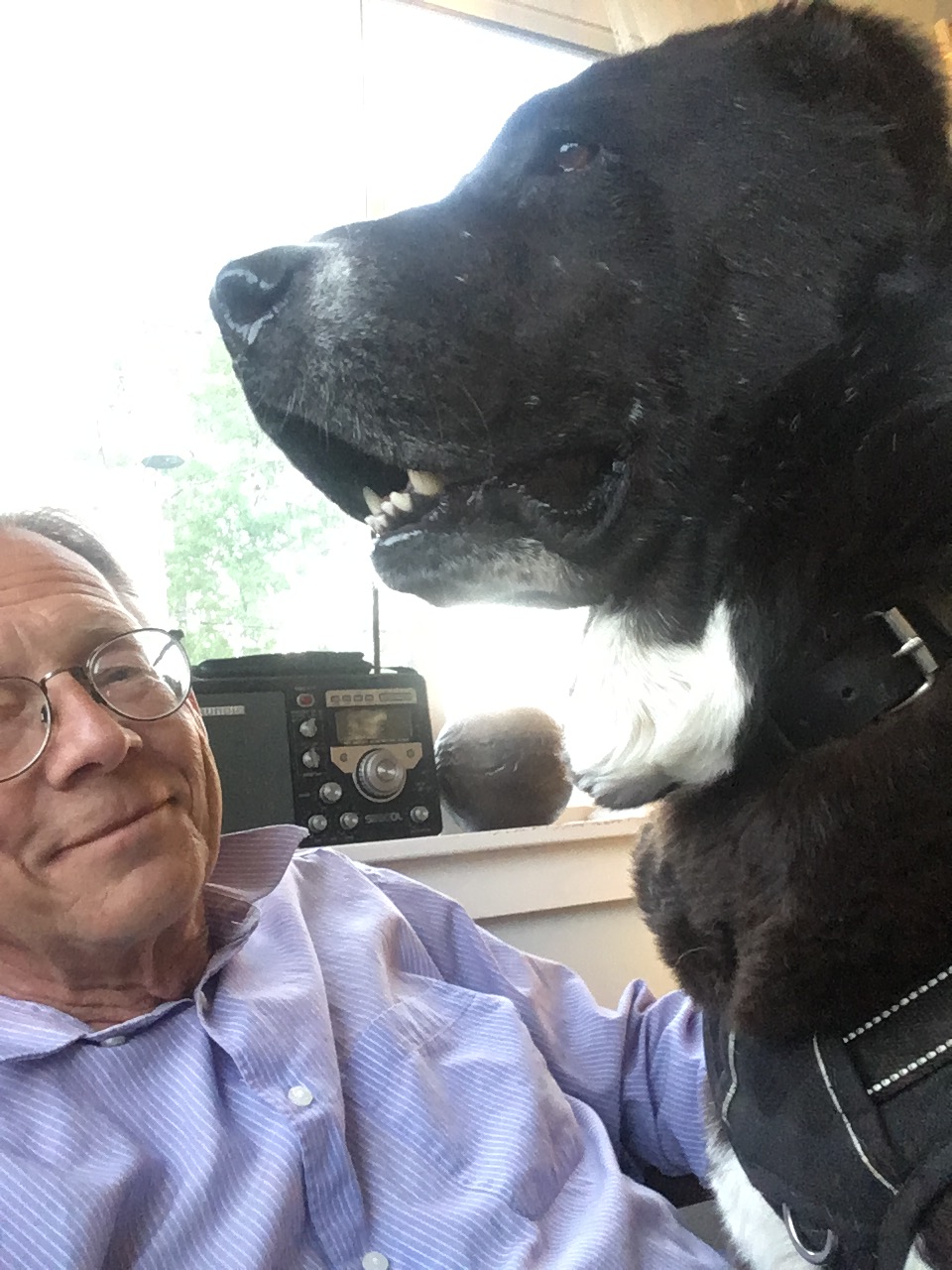B.C., or “before computers”, medical charting was quick and information retrieval in small practices’ paper charts was effortless. Younger clinicians who never experienced well organized paper charts have been brainwashed to believe they were always chaotic and inadequate, perhaps like children born after the communist revolution in China… Oh, never mind.
With larger clinic sizes and with outside forces, Medicare, Medicaid, insurance companies and middlemen, demanding more and more statistics, computers became the only recordkeeping modality that could deliver to all those “stakeholders”.
Clinicians like me were told that computers would make our charting, data retrieval and lives in general much easier. That was stressed more than the fact that all those people looking over our shoulders would have an easier time doing what they do.
For several years now, with the painful introduction and abandonment of one “new and improved” EMR and chaotic adoption of another even more complex one, I have had reason to think about how much longer it takes to do my work than it used to.
I posted once about how quickly I retrieved medication information from a handwritten medication list inside an old paper chart in my clinic. I have also written about how simply we entered INR values and Coumadin orders on paper flow sheets and how cumbersome it is in the EMR. To this day I have a (secret) reddish three ring binder with a flowsheet for each Coumadin patient I have.
I think I am particularly bitter about today’s EMR’s, their clumsiness and their intrusiveness because I was around before they came about (and happy with the paper charts) and because I was fed manipulative misinformation that they would make my life easier when the main purpose was to help the onlookers, the Wizards of Oz, the men behind the curtain and the ghosts in the exam room.
If you grow up with something that was there before you entered the picture, I don’t think you expect much more from it than what it is. But if you watch the introduction of it after listening to all the promises and then see how those promises were broken, you are more likely to be critical about its shortcomings.
But lest y’all think I’m an old Luddite who could never love a computer, or an EMR at that, let me tell you about the Saturday 5 years ago this month in Bucksport when I saw 27 walk-in patients in 7 hours, charted them all in eClinicalTouch on my iPad Mini and walked out the door 20 minutes after my last patient:
Driving my Mini (iPad)











I couldn’t agree more!
Brilliant as usual!
I agree…computers make our lives difficult .It takes so much of time for every click click click and the mouse moves… We should go back to paper filing. This will keep our patient records safe and private. No other companies can access our notes including clouds ! All these big company owners make money. They are not providing good patient care. Many years ago, country doctors had small practices and provided individual, high quality care to every patient! Old is gold!
” I was fed manipulative misinformation…”
PAY NO ATTENTION TO THE MAN BEHIND THE CURTAIN.
A James Taylor quote
I only understood this when I tried to retrieve my sick husband’ s information from the online system. That’s when I realized that there was a reason why our doctors have to look so much at the computer during consultation and still don’t know what’s going on with us.
I couldn’t agree more, but the key thing was “well-kept, legible, contemporaneous, and organized” handwritten notes. I am of your generation (graduated Jefferson 1979). I’m afraid not too many doctors were as obsessive and dedicated (I was) as you to handwritten or typed notes. We dictated on little cassettes and they went out to a transcriptionist and were usually back in 36-48 hours and pasted into the chart. That worked very well. It was essential to meticulously keep the medication list as well as the problem list up to date. Many docs did not do so, unfortunately. There, at one point, was a doctor I personally knew who was over 8 weeks behind in his charting. That was a mess and not too uncommon. Then we went to Dragon voice recognition to try to reduce expenses. That was not a happy experience at all. Then came the All_______ and E___ and I just had to get out. I’m so glad I did. I had forgotten what living life was.
“I was fed manipulative misinformation that they would make my life easier when the main purpose was to help the onlookers, the Wizards of Oz, the men behind the curtain and the ghosts in the exam room”
And no one was a greater supplier of that misinformation than our medical societies – particularly the AAFP, which refuses to acknowledge how completely they failed their membership.
I wrote my first computer programs at age 12 in the late 60s at the University of Virginia. And every day I’m thankful that our small practice made the decision to stay with paper charts.
We still use paper-based notes at our private practice here in South Africa.
Your posts about the additional headaches of the EMR makes me appreciate what we still have to our advantage.
Switching to EMR is going to be difficult at a walk-in practice like ours where it is not uncommon to see 30 patients in a 6-hour period!